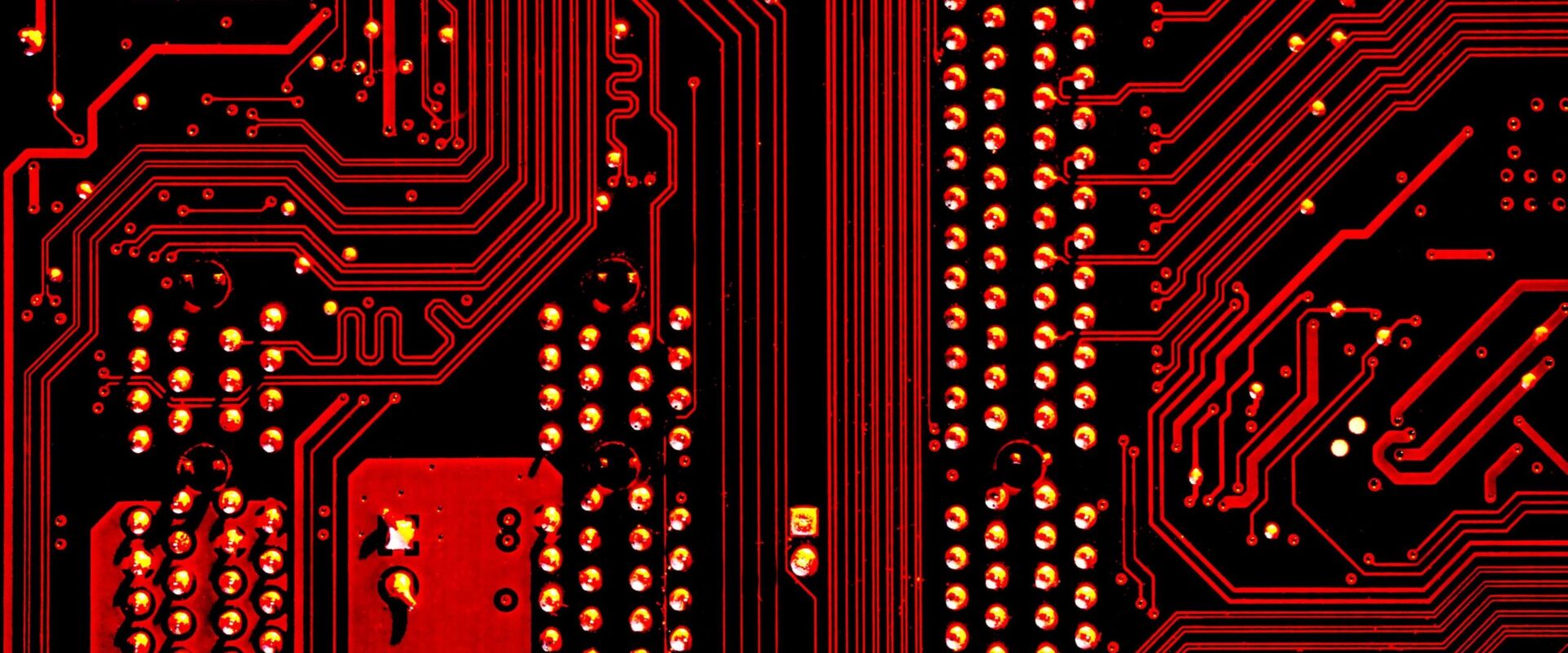
AI FOR IT
Cybersecurity
Learning algorithms defend corporations, economic systems and even nations. Foreign attacks on government and business come by the day, hour and minute, and AI fends them off. Human security is too slow, and there are too few to do battle with the armies of cybercriminal bots. Even your personal email would be unusable from the deluge of spam, without machine learning.
“The threat of cybersecurity may very well be the biggest threat to the U.S. financial system,” says J.P. Morgan Chase CEO Jamie Dimon. J.P. Morgan spends almost $600 million annually to tighten its defenses and ward off a constant stream of attacks. But the interconnected nature of the financial system means the risk is ever present. Small- to medium-size businesses are even more at risk than larger firms with better protection.
AI guards the wall in the fight against cybercrime through identifying abnormalities in data patterns. Once unusual activity is detected, the AI programs can investigate to determine if there is a security breach in the system. AI can find patterns humans miss, such as detecting advanced malware that is masquerading as a harmless piece of code.
Service requests
AI can cut down the number of service requests. AI automation helps employees handle their own service requests, rather than requiring the intervention of more experienced technicians. Machine learning predicts which agents should receive which support tickets, offering end users automated responses that don’t require a human’s intervention.
Monitoring
AI IT operations platforms analyze vast volumes of IT data from disparate sources by applying various types of algorithms to the data in real time. AI reduces alert noise by filtering and prioritizing important notifications. AI conducts causal analysis and applies analytics to a broad and wide set of data.
Intelligent IT
The end goal is intelligent information technology to:
- Detect threats
- Test penetration
- Reduce administration workload
- Identify and report network security breaches
- Gain greater visibility
CASE STUDY: AI FOR IT
WIMBLEDON LEVERAGES AI TO FIGHT CYBERCRIME1
Wimbledon, the world’s oldest and most prestigious tennis tour-nament, turned to AI to improve its cybersecurity. The Wimbledon digital experience is fundamental to growing the value of the Wim-bledon brand globally and to attracting a millennial and Generation Z digital-native audience. But the Wimbledon experience has been under threat from cybercrime, which increased substantially over the course of the 2017 tournament.
Alexandra Willis, head of communications for Wimbledon explains: “A security breach during those two weeks would be really damaging to the Wimbledon brand. And because Wimbledon is so much a part of the fabric of British identity, a successful attack could be perceived as more than just targeting a tennis event.”
IBM’s Watson AI system protects Wimbledon with cognitive technologies. In the summer of 2017, this enabled analysts to quickly and efficiently identify and address the real threats hidden in nearly 200 million events experienced during the 2017 tournament. The result of using AI cyberprevention was that detection and prevention were sixty times faster than without AI-generated protections.
Comparing AI security-threat investigations and manual analysis, five times more security incidents by volume were analyzed during the 2017 tournament using Watson, and zero breaches impacted the Wimbledon website and brand.
